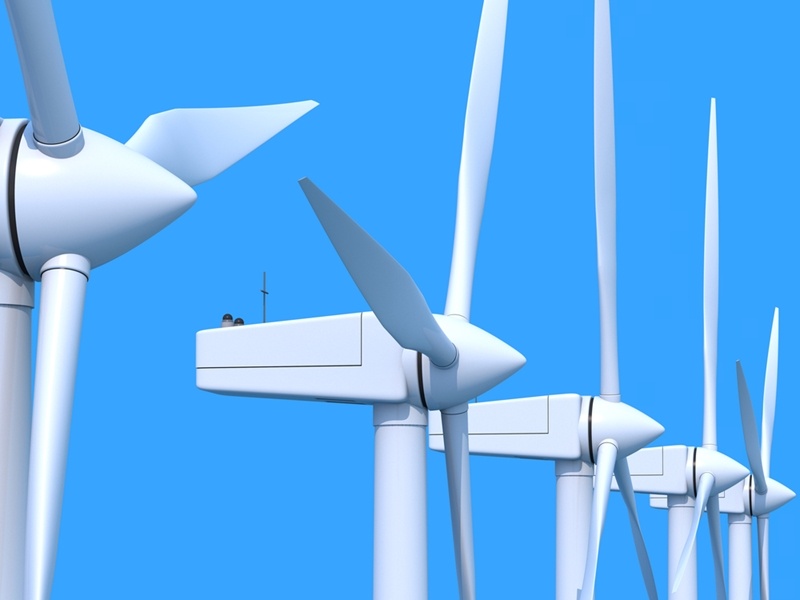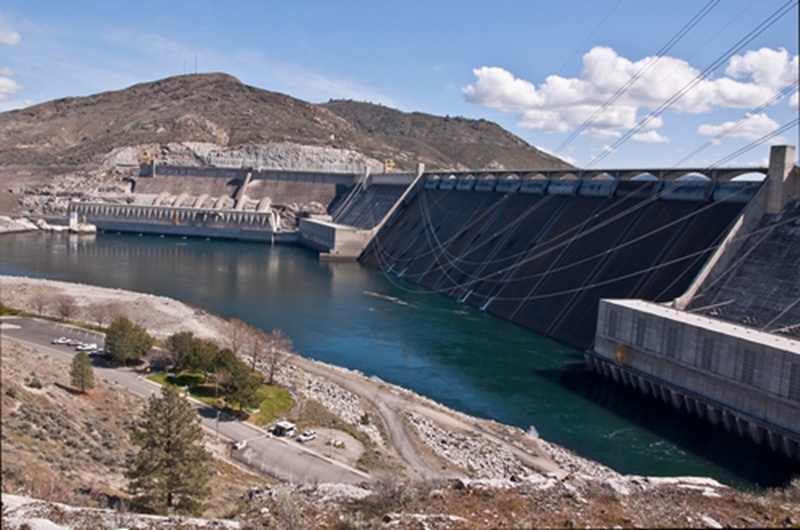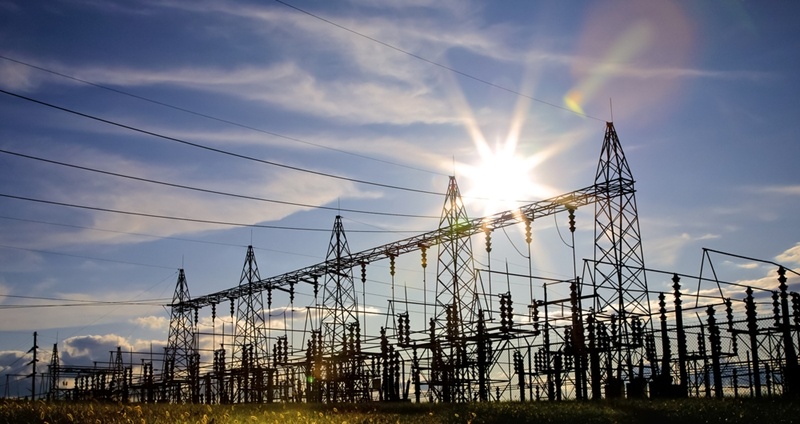Why the Energy Department has high expectations for wind generation
Wind generation is experiencing rapid growth in utility-scale adoption rates. Thanks to technological and industrial advancements, wind power has seen marked cost reductions alongside more streamlined siting processes and transmission. This has led the Department of Energy to announce that wind could make up about 35 percent, or 404 gigawatts, of the electricity supply in the U.S. by 2050.
"Every year, wind becomes cost-competitive in more states, and this report shows that all 50 states could have utility-scale energy by 2050," Dan Utech, White House Deputy Assistant to the President for Energy and Climate Change, said in a statement.
"Wind is on the verge of reaching parity with fossil fuels even without tax credits."
Where wind has been, and where it's going
According to a recent article by Greentech Media, the U.S. is the current world leader in wind generation, with the resource comprising roughly 4.5 percent of the total energy mix in the country. Much of this growth came over the last few years. The news source reported that between 2008 and 2013, wind accounted for 30 percent of all new electricity generation in the country. By the end of 2013, there were more than 61 gigawatts of wind energy installed in 39 states in the U.S.
It looks like there's very little to stop the growth of this resource now. Looking at the recent years' expansion of wind infrastructure, the Energy Department's report concluded that the technology has proven its ability to scale and satisfy demand and grid reliability requirements. And when it comes to costs, wind is on the verge of reaching parity with fossil fuels even without tax credits and incentives, making it more likely that utilities and other energy providers will begin incorporating it into their own generation mix.
 Wind power could make up a significant percentage of U.S. generation capacity thanks to rapidly falling costs.
Wind power could make up a significant percentage of U.S. generation capacity thanks to rapidly falling costs.
What wind could look like by 2050
The Energy Department report offered two possible scenarios for wind power over the next 35 years: the "business-as-usual" scenario and the "aggressive" one. Under the business-as-usual path, the Energy Department projected that growth in wind generation will actually stagnate between now and 2030, with the resource only making up 10 percent of total capacity by that year. According to the report, coal and natural gas will be sufficiently low-priced enough in those years to keep them from falling too far out of favor.
The year 2030, however, could be a tipping point for fossil fuels and wind generation. By then, technology-driven cost reductions for wind and the projected price increases for fossil fuels will lead wind adoption to pick up for the remaining 20 years until 2050. Under this scenario, wind power will make up 25 percent of total electricity generation.
The aggressive growth scenario paints a much different picture. Here, the Energy Department wrote that if fossil fuel prices spike, wind generation may surpass that stagnation period and be on a trajectory to hit 40 percent of total generation by 2050.
The Energy Department concluded that wind will lead to about $280 billion in consumer savings by 2050, due in large part to reduced demand for natural gas, which is always subject to price volatility.
"Increased wind power adds fuel diversity, making the overall electric sector 20% less sensitive to changes in fossil fuel costs," the report read.
"Minimal and manageable" impacts on grid reliability, along with increasingly strict carbon requirements for electricity generation, are also why the Energy Department is bullish on wind moving forward.
This content is property of ESCO Advisors and all reproductions must reference and link back to the ESCO Advisors website.
Share this
You May Also Like
These Related Stories

The dream of a hydropowered grid

MISO can clean up its act, but it isn't out the woods yet, says report


